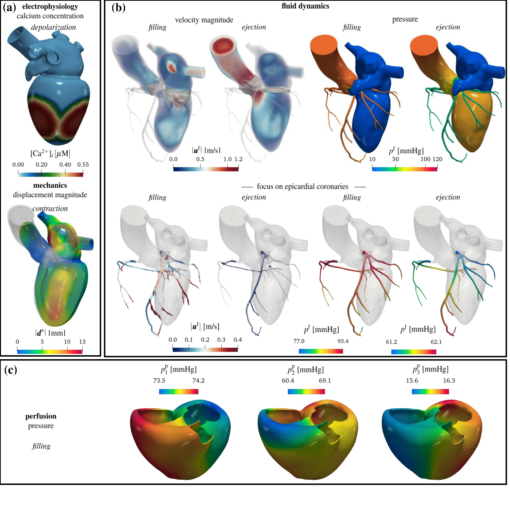A new MOX report entitled “Substructured Two-grid and Multi-grid Domain Decomposition Methods” by G. Ciaramella, T. Vanzan has appeared in the MOX Report Collection.
The report can be donwloaded at the following link:
https://www.mate.polimi.it/biblioteca/add/qmox/16/2022.pdf
Abstract: Two-level Schwarz domain decomposition methods are very powerful techniques for the efficient numerical solution of partial differential equations (PDEs). A two-level domain decomposition method requires two main components: a one-level preconditioner (or its corresponding smoothing iterative method), which is based on domain decomposition techniques, and a coarse correction step, which relies on a coarse space. The coarse space must properly represent the error components that the chosen one-level method is not capable to deal with. In the literature, most of the works introduced efficient coarse spaces obtained as the span of functions defined on the entire space domain of the considered PDE. Therefore, the corresponding two-level preconditioners and iterative methods are defined in volume.
In this paper, we use the excellent smoothing properties of Schwarz domain decomposition methods to define, for general elliptic problems, a new class of substructured two-level methods, for which both Schwarz smoothers and coarse correction steps are defined on the interfaces (except for the application of the smoother that requires volumetric subdomain solves). This approach has several advantages. On the one hand, the required computational effort is cheaper than the one required by classical volumetric two-level methods. On the other hand, our approach does not require, like classical multi-grid methods, the explicit construction of coarse spaces, and it permits a multilevel extension, which is desirable when the high dimension of the problem or the scarce quality of the coarse space prevents the efficient numerical solution. Numerical experiments demonstrate the effectiveness of the proposed new numerical framework.



